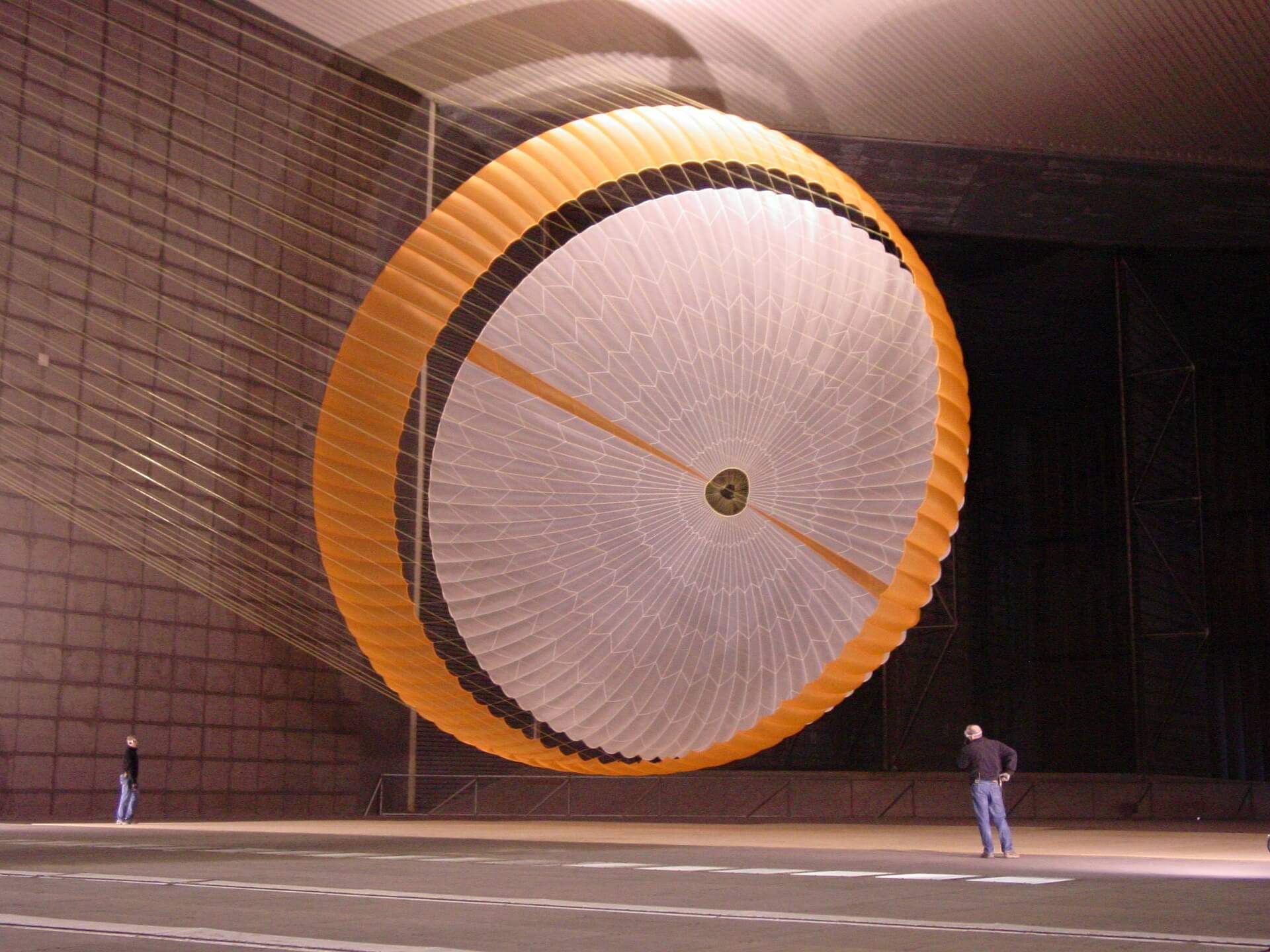Computational Competency
Advanced Modeling and Simulation (M&S) is everywhere. We use the insights it has provided in the airplanes we fly and the cars we drive. Even the oil that fuels those airplanes and cars was likely discovered using M&S. In many ways, a good deal of our national defense is based on M&S results. We use it to predict weather and to provide an understanding about the future of the earth’s climate. Given the pervasive role that M&S plays, there is an urgent need for people to have some basic understanding of the technology. This is particularly true for people who are going to be making major decisions based on M&S results.
The challenge for decision makers is that it is very easy for M&S results to be misleading. There are many opportunities for the people who set up, run, and display the results of M&S to make mistakes. The reality is that the output of M&S is the result of mathematical calculations that may or may not be a good representation of the physical world. For example, it is quite easy to turn off gravity in these calculations, but impossible to do so in the real physical world.
The good news is that you do not need to be an M&S expert to understand its potential as well as its limitations. People are generally wary of M&S and naturally distrust “virtual” versions of real physical systems. That caution can be healthy. On the other hand, skepticism of M&S may prevent people from taking full advantage of the power of these tools to help make important decisions.
Basic computational competency should start with an understanding of the potential power of advanced M&S tools. Done properly, these tools become surrogates of physical systems such as cars, airplanes, power plants, or even the earth, and can then be used to understand and predict the performance and safety of these systems. Because these “virtual” systems exist in a computer, time can be stopped or accelerated. Systems can be seen at the atomic scale, or parts hidden by other parts can be seen. Accidents can be simulated and nobody gets hurt. M&S tools can be used to optimize a design and find new, more efficient or effective ways to operate existing systems.
Another important part of M&S competency is understanding the relationship between M&S, theory, and experiments. Theories are developed by humans who use their creativity to extend basic understandings of the physical world to more complex systems. A limitation of theory is that humans may not have a complete understanding of basic behaviors. Often the limitation is that a theory does not fully capture how one physical behavior impacts another and leads to an integrated behavior, which is known as multiphysics coupling. The challenge for creating understanding with experiments is that the real physical world is fundamentally multiphysics, and in experiments, separating single behaviors can be quite difficult. Also, because experiments happen in the physical world, phenomena may be difficult to observe.
Adding M&S to theory and experiments creates a powerful combination. M&S relies on theory to create the behavior models that are programmed into computer codes. Experiments are used to confirm that the simulations reflect the real physical world and provide data that can be used in place of theoretical-based models. The important thing to understand is that M&S is neither a replacement for experiments or theory. M&S relies on theory and experiment, and in turn, theory and experiments are made better through M&S.
Because M&S is neither theory nor experiment, another important part of M&S competency is the appreciation of the challenge of making a return on investment (ROI) case for adopting M&S. It can be very difficult to fully understand the costs of adopting M&S and almost impossible to predict its potential return. M&S can fundamentally change a company and how it thinks about the design, production and use of its products. This has been shown repeatedly by different industries. The addition of M&S can make major changes in a company or organization and, in some cases, can save them from failure. What will M&S do for another company in another situation? That is generally unclear. The only solace is that history has shown that every organization that adopted M&S has never gone back.
As powerful as M&S can be, there are also limitations. Appreciating these limitations is an important element of M&S competency. One of the most important understandings is that M&S tools should be used only for the conditions for which they are designed. Building M&S tools requires programmers to make many choices that are dependent on the physical conditions to be modeled and simulated. A tool built for one set of conditions should be used with extreme caution to simulate other conditions. Along those lines, M&S tools need to undergo a systematic process of verification, validation and uncertainty quantification (VVUQ). Part of M&S competency is understanding the importance of this process and the fact that it is limited to only a certain set of physical conditions.
M&S has proven to be a game changer. It has created new ways to understand the physical world and therefore new ways to think about the design of physical objects and systems. This has led to significant improvements in our everyday lives. M&S is powerful and pervasive, but it has its limitations. Anyone involved with M&S needs to appreciate those limitations and to understand how they can be addressed. There are still plenty of opportunities for M&S to continue to improve the world. A better appreciation of that power, along with its limitations, will help to ensure that the impact of M&S reaches its full potential.
Join the Catalyst Monitor
Join our community, where we push out regular insights to help maintain situational awareness on technological and socioeconomic trends.



